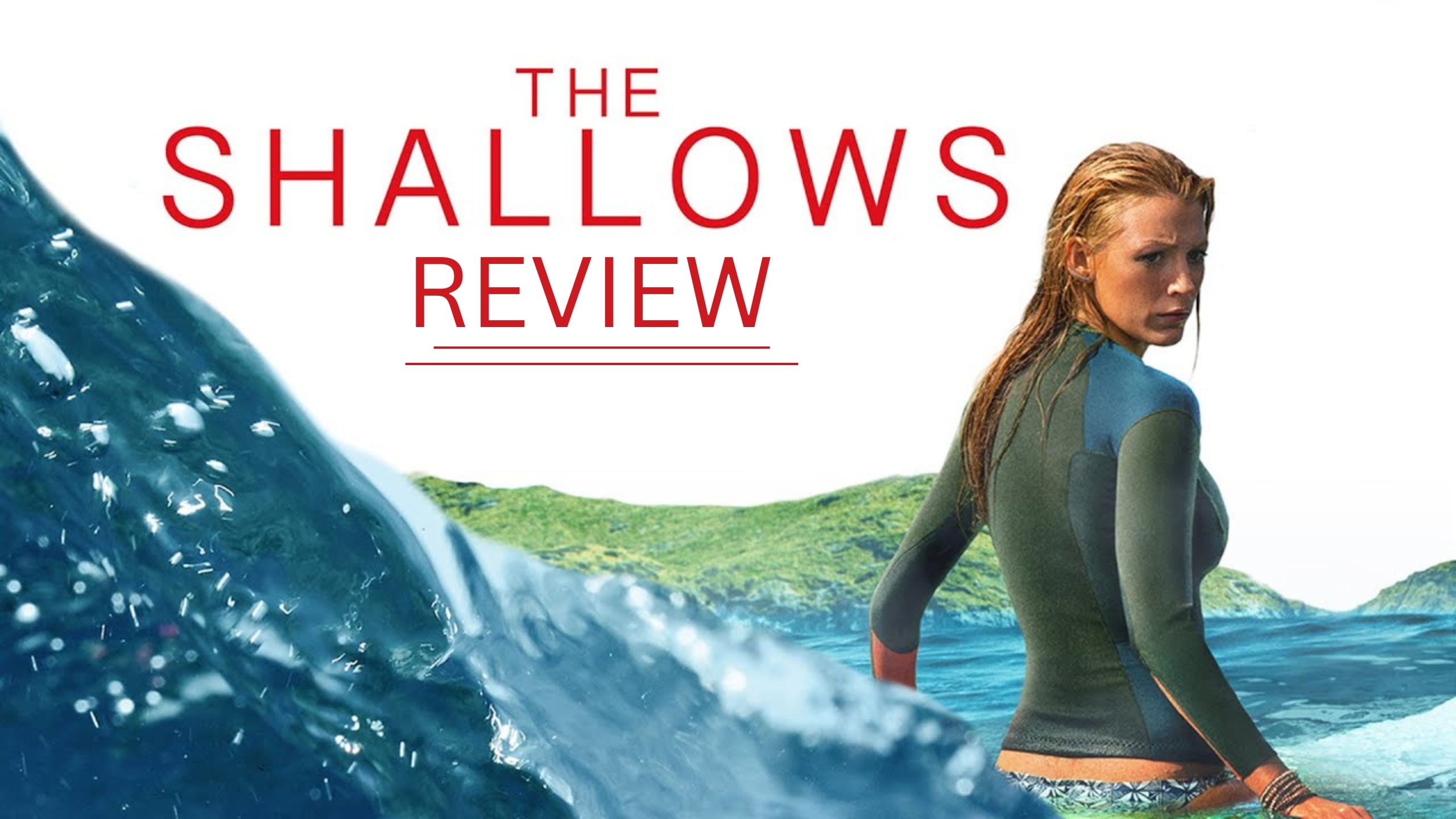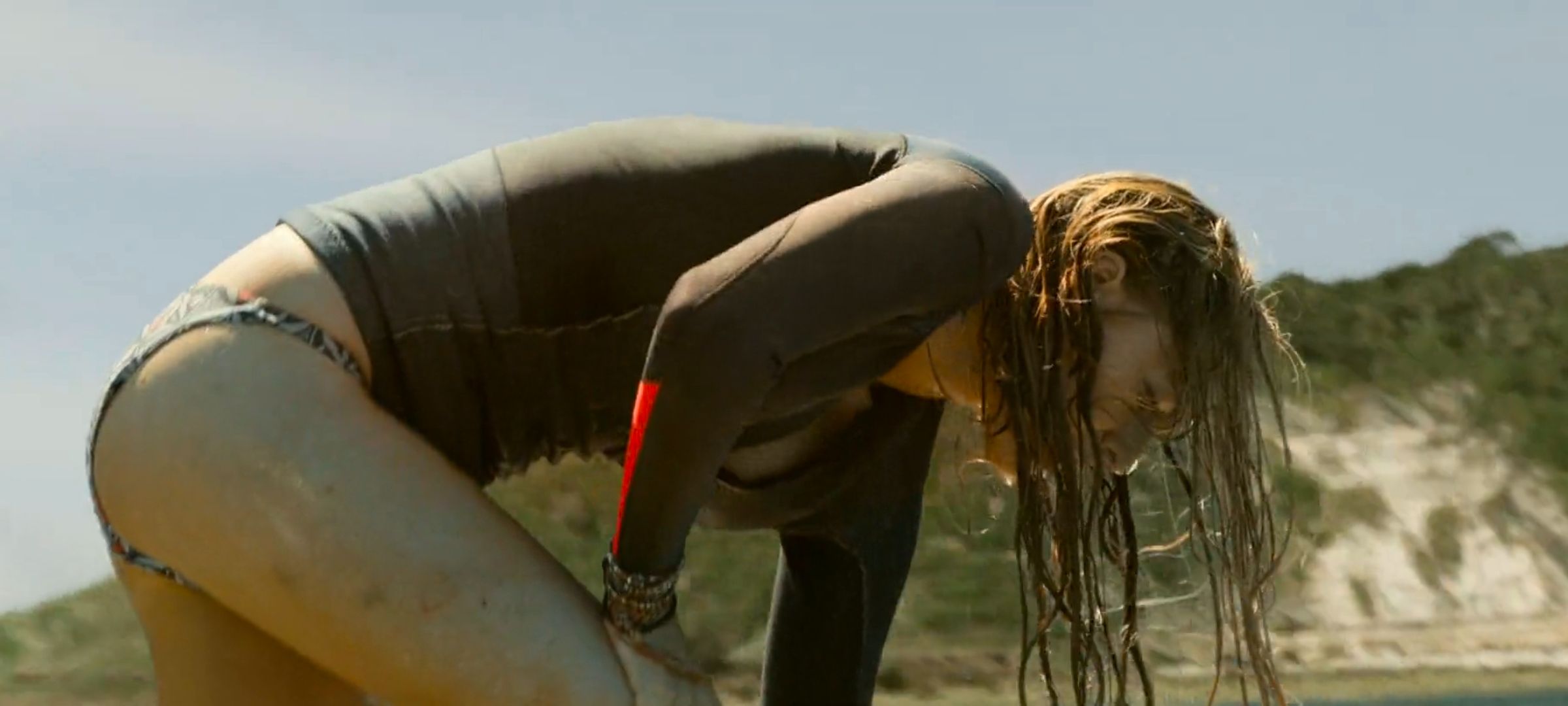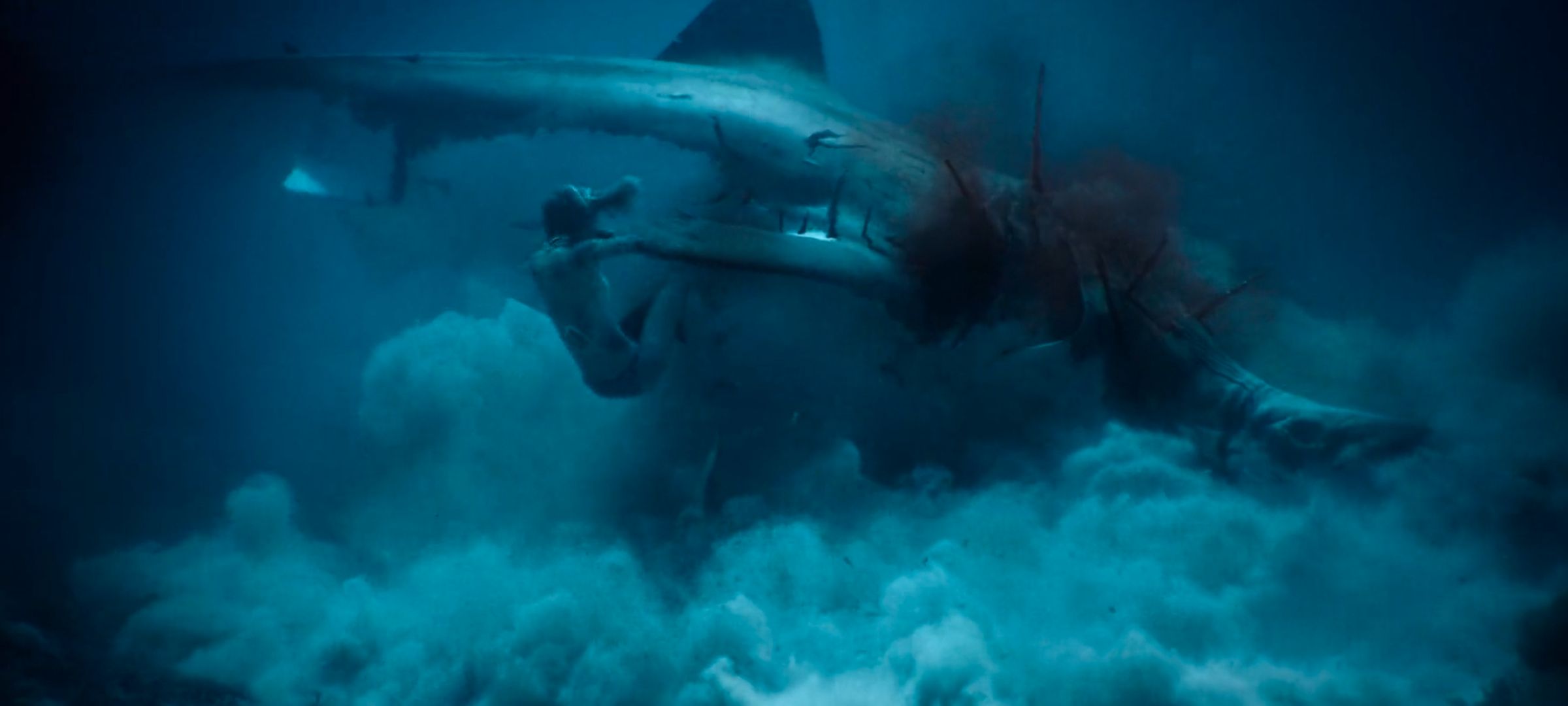
(image source: image poster edited with canva)
I came across a movie named The Shallows, and I pressed play expecting basic shark thrills. At first it felt slow—sunny beach, quiet waves, not much happening—but soon the water stopped feeling safe. That’s when the film hooked me.
Synopsis
Nancy, a med student chasing a personal memory, surfs a quiet, “secret” Mexican beach. A great white strikes, and she ends up stranded on a tide-sensitive rock, 200 yards from shore, with a nasty wound, a hungry shark circling, and daylight fading. What follows is a small, tense survival story built on grit, makeshift fixes, and a lot of pain.
Trailer
My experience with it
Right from the first wide shots of that empty cove, I felt the movie daring me to relax but I didn’t. The early minutes move calmly—sunlight, waves, a couple of local surfers—and then everything goes sharp. The first bite is quick and mean, and the film doesn’t pretend it isn’t. The way Nancy scrambles onto the rock, checks her leg, and tries to think through the pain felt grounded. I found myself talking at the screen: “Okay, breathe. Stop the bleeding. What’s nearby?” That’s the rhythm the film locks into—momentary safety, fresh problem, scramble again.
As the night rolls in, the cold and isolation hit harder than any jump scare. I actually liked the tiny, odd companionship of the injured gull; it gives Nancy someone to talk to and shows where her head is at, she’s scared, she’s hurting, and she’s still trying to care for a thing weaker than her. That detail kept the movie from feeling like a gimmick. It’s still a tight, simple thriller, but it has a pulse.
The middle stretch toys with hope and yanks it away. You think help is coming and then you’re reminded the ocean doesn’t care. A couple of choices do feel exaggerated. Also you’ll probably ignore a few bad CGI felt shots. but Ignoring CGI, the film keeps dragging me back with immediate, tactile stakes: tearing a wetsuit into a tourniquet, counting seconds between swells, judging the shark’s arc, and committing to a swim you might not finish. When the tide rises and the rock starts to disappear, the film earns its last sprint: a frantic move for the buoy and a final, messy plan to end it.

(image source: The Shallows screen capture)
People's Opinion
Most people praise The Shallows for being lean and focused, and I agree on that tight survival angle is the main reason it works. A lot of reviewers also highlight Blake Lively for carrying the film, and that matches my experience. She sells the pain, the problem-solving, and the “I’m not quitting” attitude almost the whole time, which keeps the movie alive even when the setup feels slow.
However, some folks think the suspense doesn’t always hold and that a few CGI moments pull you out of it. I won’t go that far, but I get it. Whenever the effects push too hard, the tension dips for a second. Still, the practical, minute-to-minute stakes—stitching a wound, timing a swim, judging the shark’s turn—pulled me right back in. So overall, I’m with the crowd on the strengths, and I’m halfway with them on the weak spots.

(image source: The Shallows screen capture)
So, is it worth watching?
Yes, if you want a focused survival nail-biter where the problems feel immediate and the solutions are scrappy. I liked how often the movie lets pain breathe. Especially, the shaky hands, the pause to catch air, the small talk to a gull so your mind doesn’t crack. I didn’t love every big CG flourish, and a couple of late beats go cartoonish, but overall it kept me tense and more importantly, it kept me rooting for Nancy to think faster than a shark can turn.
Long story short, the movie seems smart, simple, and stubborn. Not perfect, but memorable. If you can accept a few over-the-top shots for the sake of a tight 80-something-minute ride, you’ll have a good time.
The movie is available on Amazon Prime, but could be different according to your preferred country.
Check Letterboxd.com to see the available platforms and movie recommendations.